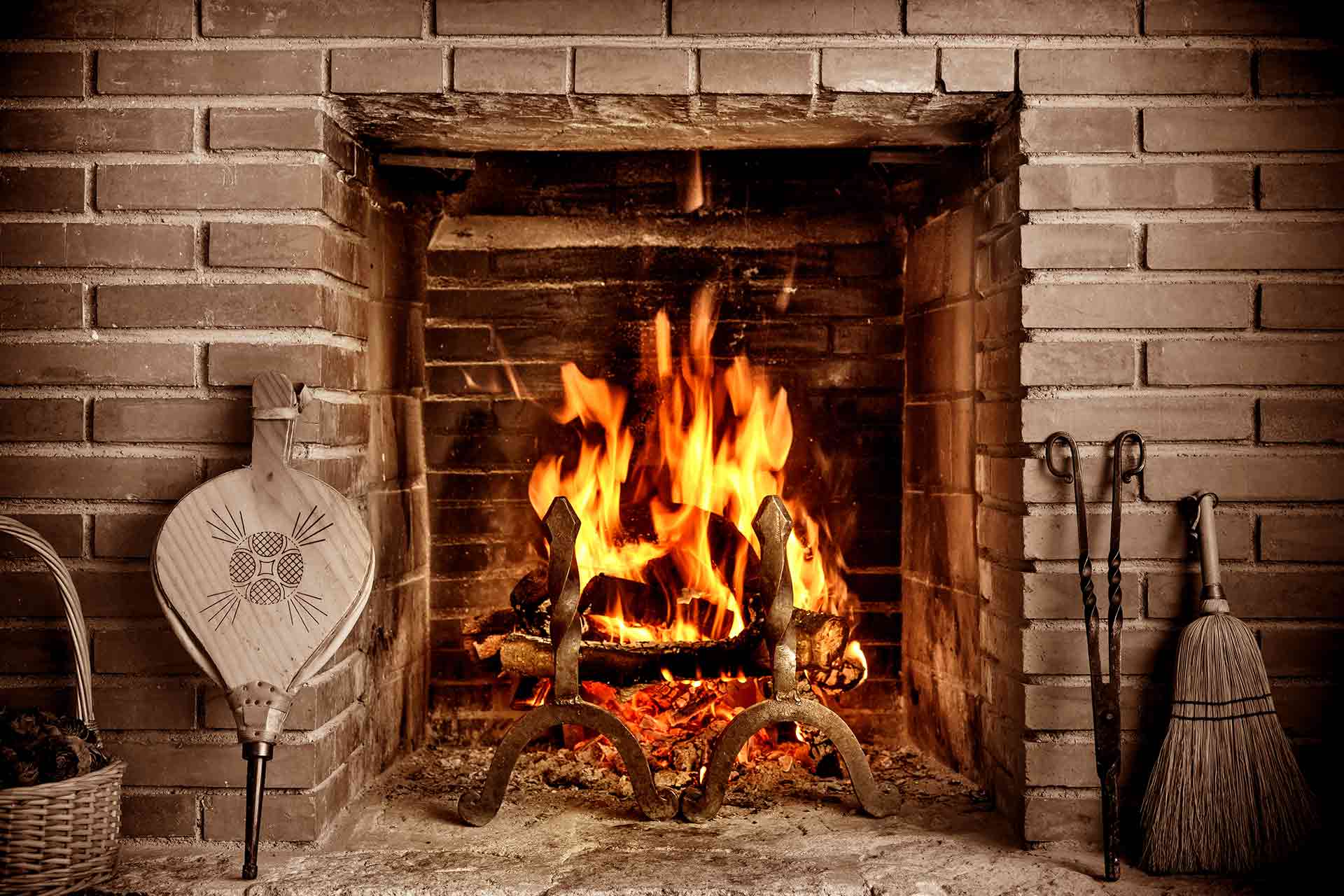

Articles
How Do You Know If Your Chimney Is Open
Modified: August 28, 2024
Learn how to determine if your chimney is open or blocked with these informative articles. Discover the signs and symptoms to look out for and ensure the safety of your home.
(Many of the links in this article redirect to a specific reviewed product. Your purchase of these products through affiliate links helps to generate commission for Storables.com, at no extra cost. Learn more)
Introduction
Welcome to the world of chimneys, where a warm fire crackles on a cold winter’s night, and the comforting smell of wood fills the air. But have you ever wondered if your chimney is open and functioning properly? Many homeowners overlook the importance of an open chimney for proper ventilation and safety. In this article, we will delve into the signs of an open chimney, understand chimney draft, learn how to test your chimney draft, discuss the role of the damper in chimney ventilation, address common issues that may cause a closed chimney, and provide tips for maintaining an open chimney.
An open chimney is not just an aesthetic feature; it plays a critical role in maintaining a healthy and safe home environment. A properly functioning chimney helps to ensure that smoke, toxic gases, and excess heat are safely expelled outside, preventing them from entering your home. Moreover, an open chimney promotes good air circulation, reduces the risk of carbon monoxide build-up, and prevents potential chimney fires.
Now, let’s dive deeper into the various signs that indicate whether your chimney is open or closed.
Key Takeaways:
- Signs of an Open Chimney
Visible flames, proper airflow, efficient wood burning, and absence of indoor smoke or odors indicate an open chimney. Regular inspections and maintenance are crucial for ensuring proper ventilation. - Maintaining an Open Chimney
Regular chimney inspections, cleaning out creosote buildup, checking the damper, and monitoring firewood quality are essential for maintaining an open and safe chimney. Professional assistance is recommended for any concerns.
Read more: How Do You Know When Calipers Are Bad
Importance of an Open Chimney
An open chimney is vital for several reasons. First and foremost, it allows for proper ventilation, ensuring that smoke, gases, and other harmful byproducts of combustion are safely exhausted from your home. Without an open chimney, these substances can accumulate indoors, posing serious health hazards to you and your loved ones.
Furthermore, an open chimney facilitates the creation of a strong draft, which aids in the efficient combustion of fuel. When the chimney is closed or obstructed, the draft is compromised, reducing the flow of air and inhibiting the proper functioning of your fireplace or wood-burning stove. This can result in poor fire performance, decreased heat output, and increased levels of particulate matter and carbon monoxide in your home.
In addition to ventilation and draft, an open chimney also helps to regulate indoor humidity levels. A closed chimney can trap moisture inside, leading to dampness, mold growth, and structural damage. On the other hand, an open chimney allows excess moisture to escape, ensuring a healthier and more comfortable living environment.
During colder months, an open chimney is essential for maintaining a warm and cozy home. It allows cold air to be drawn into the firebox where it mixes with the warm air generated by the fire. This heated air is then distributed throughout your home, providing consistent warmth and reducing the need for other heating sources.
Moreover, an open chimney contributes to the overall aesthetic value of your living space. It creates a focal point in any room, adding charm and character to your home. Whether you have a traditional brick fireplace or a stylish modern insert, an open chimney adds a touch of elegance and sophistication to your interior design.
Now that we understand the importance of an open chimney, let’s explore the signs that indicate whether your chimney is open or closed.
Signs of an Open Chimney
Identifying whether your chimney is open or closed may seem like a daunting task, but there are several telltale signs that can help you determine its status. It’s important to note that these signs can vary depending on the type of fireplace or heating appliance you have. Here are some common indications that your chimney is open:
- Visible flames and smoke: When you light a fire in your fireplace or stove, you should see flames dancing and smoke rising up the chimney. This is a clear sign that the chimney is open and allowing the fire’s byproducts to escape.
- Proper airflow: When your chimney is open, you will notice a steady flow of air moving up the flue. You can test this by holding your hand near the fireplace opening and feeling for a draft.
- Absence of smoke or odors indoors: If your chimney is open and functioning properly, you should not experience any smoke or lingering burning odors inside your home. These signs suggest that the chimney is effectively venting the combustion byproducts outside.
- Burning wood efficiently: When your chimney is open, you will notice that the wood burns evenly, leaving behind minimal unburned or partially burned pieces. This indicates that the air supply is balanced, allowing for optimal combustion.
- No water leaks: An open chimney should not be prone to water leaks. If you notice any water stains or moisture around the fireplace or on the ceiling near the chimney, it could indicate an issue with the chimney cap or flashing, which may affect its openness.
While these signs generally indicate an open chimney, it’s important to remember that other factors can contribute to their presence. Factors such as wind direction and pressure differentials can affect the draft and airflow in your chimney, potentially causing temporary fluctuations in these signs. Therefore, it’s essential to carefully observe these indicators and seek professional advice if you have any concerns about your chimney’s openness.
Now that we have explored the signs of an open chimney, let’s delve into the concept of chimney draft and how you can test it.
Understanding Chimney Draft
Chimney draft refers to the flow of air in a chimney. It plays a crucial role in maintaining proper ventilation and ensuring the efficient operation of your fireplace or heating appliance. Understanding chimney draft is essential for troubleshooting issues and ensuring that your chimney is open and functioning optimally.
The draft is created by the difference in air pressure between the inside and outside of the chimney. Hot air naturally rises, creating a suction effect that draws air up the chimney, expelling smoke and gases from the combustion process. This upward flow of air is known as the chimney draft.
There are three main factors that influence chimney draft:
- Temperature difference: The temperature difference between the air inside the chimney and the outside air affects the strength of the draft. As the air inside the chimney becomes hotter than the surrounding air, it creates a stronger upward push.
- Height of the chimney: The height of the chimney determines the length of the flue, which affects the pressure difference required for proper draft. Taller chimneys generally have a stronger draft due to the increased height and greater pressure differential.
- Resistance in the system: Any restrictions or obstructions in the chimney system, such as a closed damper or blockages, can hinder the chimney draft. It’s important to ensure that the flue is clear and unobstructed to maintain an open and efficient chimney.
Understanding chimney draft is crucial because it directly affects the performance of your fireplace or heating appliance. A weak draft can lead to issues such as poor combustion, excessive smoke, and even backdrafts, where smoke enters your home instead of being expelled outside. On the other hand, a strong draft can cause rapid fuel consumption and potentially damage your appliance.
Now that we have a basic understanding of chimney draft, let’s explore how you can test your chimney draft to ensure that it is adequately open and functioning.
Testing Chimney Draft
Testing your chimney draft is a straightforward process that can help you determine whether your chimney is open and functioning properly. There are several methods you can use to assess the draft strength and identify any potential issues. Here are a few effective ways to test your chimney draft:
- The smoke test: One of the simplest ways to test your chimney draft is by performing a smoke test. Begin by closing all windows and doors in the room with the fireplace or heating appliance. Then, light a few small pieces of newspaper and hold them near the opening of the fireplace or stove. Observe the smoke: if it gets drawn up the chimney and disappears, that indicates a good draft. However, if the smoke stagnates or enters the room, it suggests a weak or obstructed draft that needs further investigation.
- The tissue test: Another quick and easy method to test your chimney draft is the tissue test. Take a small tissue or piece of toilet paper and hold it near the opening of the fireplace or stove. If the tissue flutters or moves towards the chimney, it indicates a strong draft. On the other hand, if the tissue remains still or moves away from the chimney, it suggests a weak draft or negative pressure inside the room.
- The incense test: Using incense sticks can provide a visual indication of chimney draft strength. Light an incense stick and hold it near the opening of the fireplace or stove. Watch the direction of the smoke: if it consistently flows up the chimney, it indicates a good draft. However, if the smoke wafts back into the room or is stagnant, it suggests a weak or obstructed draft.
By performing these simple tests, you can gain valuable insights into the condition of your chimney draft. If you notice any issues or concerns during the testing process, it is advisable to consult a professional chimney sweep or technician who can assess the situation and recommend appropriate solutions.
Now that we have explored how to test your chimney draft, let’s discuss the role of the damper in chimney ventilation.
Regularly check for any visible cracks or damage to the chimney structure. You can also use a flashlight to look up the chimney and see if there is any light coming through from the top. If light is visible, the chimney is open.
Read more: How To Know If Your Chimney Needs Cleaning
The Role of the Damper in Chimney Ventilation
The damper is a crucial component of chimney ventilation systems, playing a key role in controlling the flow of air and maintaining an open chimney. It is typically located at the top of the firebox or inside the chimney flue and can be opened or closed to regulate airflow. Understanding the role of the damper is essential for ensuring proper chimney ventilation.
The primary function of the damper is to seal off the chimney when it is not in use, preventing cold air from entering the home and warm air from escaping. This not only helps to maintain a comfortable indoor temperature but also prevents downdrafts, which can cause smoke to be drawn back into the home. By closing the damper, you create a barrier that reduces drafts and improves energy efficiency.
When you are ready to use your fireplace or heating appliance, the damper needs to be fully open to allow for proper ventilation and chimney draft. Opening the damper allows for the free flow of air, allowing smoke, gases, and heat to be drawn up and safely expelled outside. It creates a clear pathway for the byproducts of combustion to exit the chimney, ensuring a clean and efficient burn.
There are typically two types of dampers: throat dampers and top-sealing dampers. Throat dampers are located at the bottom of the chimney flue and are controlled by a lever or chain. They are designed to seal off the fireplace when not in use and open when a fire is lit. Top-sealing dampers, on the other hand, are located at the top of the chimney and provide a more effective seal. They can be operated with a lever or controlled automatically by a damper cap.
It’s important to note that dampers can deteriorate over time due to exposure to heat and moisture. Damaged or malfunctioning dampers can lead to issues such as poor ventilation, draft problems, and energy loss. Therefore, regular inspection and maintenance of your damper are essential to ensure its proper functioning.
In addition to controlling airflow, dampers also serve as a safety feature. When properly closed, they prevent animals, debris, and rainwater from entering the chimney. This helps to minimize the risk of blockages, chimney fires, and damage to the flue.
Now that we understand the role of the damper in chimney ventilation, let’s explore some common issues that may cause a closed chimney.
Common Issues That May Cause a Closed Chimney
A closed chimney can result in poor ventilation, reduced efficiency, and potential safety hazards. Several factors can contribute to a closed chimney, making it vital to identify and address these issues promptly. Here are some common culprits that may cause a closed chimney:
- Damper not fully open: One of the most common reasons for a closed chimney is a partially or fully closed damper. If the damper is not fully open, it restricts the flow of air and hinders proper ventilation. Make sure to check that the damper is fully open before starting a fire.
- Blockages in the flue: Obstructions in the chimney flue, such as bird nests, leaves, debris, or creosote buildup, can impede proper airflow and close off the chimney. Regular chimney inspections and cleanings can help prevent blockages and ensure an open chimney.
- Collapsed or damaged flue liner: If the flue liner is damaged or collapsed, it can obstruct the chimney and restrict airflow. This can occur due to age, deterioration, or extreme weather conditions. A professional chimney inspection can determine if the flue liner needs repair or replacement.
- Improperly sized chimney cap: A chimney cap is designed to protect the chimney from rain, debris, and animals. However, if the cap is improperly sized or damaged, it can create a blockage that inhibits proper ventilation. Ensure that your chimney cap is properly installed and free from any obstructions.
- Chimney backdraft: In some cases, a closed chimney can be caused by a draft reversal, commonly known as a backdraft. This occurs when the airflow inside the home is greater than the draft in the chimney, causing smoke and gases to be pushed back into the house. Backdrafts can be caused by negative air pressure, wind conditions, or improper ventilation. Consulting a professional chimney expert is recommended to address and mitigate backdraft issues.
It is crucial to address any issues that may cause a closed chimney promptly. A closed chimney not only compromises ventilation but can also lead to the buildup of dangerous gases, such as carbon monoxide, inside your home. Regular maintenance, inspections, and repairs are essential to ensuring that your chimney remains open and functioning properly.
Now that we have explored common issues that may cause a closed chimney, let’s discuss the importance of maintaining an open chimney to prevent such problems.
Maintaining an Open Chimney
Regular maintenance is key to ensuring that your chimney remains open and functioning optimally. By following a few simple steps, you can help prevent issues and maintain an open chimney. Here are some essential tips for maintaining an open chimney:
- Schedule regular chimney inspections: It’s important to have your chimney inspected at least once a year by a professional chimney sweep. They can assess the condition of your chimney, identify any potential issues, and clean out any obstructions or buildup, ensuring an open and safe chimney.
- Clean out creosote buildup: Creosote is a highly flammable substance that can accumulate inside the chimney due to incomplete combustion. Over time, this buildup can obstruct the chimney and increase the risk of chimney fires. Regular chimney cleanings will remove creosote and keep the flue clear for proper ventilation.
- Check the damper: Ensure that the damper is functioning correctly by inspecting and cleaning it regularly. The damper should move freely and seal tightly when closed to prevent cold drafts and improve energy efficiency. If you notice any issues with the damper, consult a professional for repairs or replacement.
- Maintain a chimney cap: A chimney cap serves as a protective barrier, preventing debris, animals, and rainwater from entering the chimney. Regularly inspect the chimney cap for any damage or blockages. Keep in mind that it should be properly sized and securely installed for optimal functioning.
- Monitor your firewood and burn quality: Burning dry, seasoned firewood is essential for maintaining an open chimney. Wet or unseasoned wood produces more smoke and creosote buildup, increasing the risk of chimney obstruction. Additionally, avoid burning trash, wrapping paper, or other materials that can create excessive smoke and contribute to a closed chimney.
- Be mindful of downspouts and gutter maintenance: Ensure that your gutters and downspouts are clear of debris and functioning properly. This helps to prevent water from overflowing and seeping into the chimney, which can lead to structural damage and obstruction.
By following these maintenance tips, you can significantly reduce the risk of a closed chimney and promote proper ventilation. Remember, if you encounter any issues or concerns, it is advisable to seek the assistance of a professional chimney sweep or technician who can provide expert guidance and address any necessary repairs or maintenance.
Now that we understand the importance of maintaining an open chimney, let’s conclude our exploration of the topic.
Conclusion
Having an open chimney is essential for proper ventilation, safe operation, and the overall enjoyment of your fireplace or heating appliance. Understanding the signs of an open chimney, the concept of chimney draft, and how to test your chimney draft are crucial steps in ensuring that your chimney is open and functioning optimally.
Signs of an open chimney include visible flames and smoke, proper airflow, the absence of smoke or odors indoors, efficient burning of wood, and no water leaks. These indicators give you confidence that your chimney is open and effectively venting combustion byproducts.
Chimney draft plays a significant role in maintaining proper ventilation. Factors such as temperature difference, chimney height, and resistance in the system influence the strength of the draft. Testing your chimney draft using methods like the smoke test, tissue test, or incense test allows you to gauge the efficiency of your chimney’s airflow.
The damper in your chimney plays a crucial role in chimney ventilation. It helps regulate the flow of air, seal off the chimney when not in use, and prevent downdrafts. Regular inspection and maintenance of the damper are vital to ensure proper functioning.
Common issues such as a closed damper, blockages, collapsed flue liners, improperly sized chimney caps, and chimney backdrafts can cause a closed chimney. Addressing these issues promptly through regular inspections, cleanings, and necessary repairs or replacements will help maintain an open chimney.
To maintain an open chimney, it is essential to schedule regular chimney inspections, clean out creosote buildup, check the damper, maintain a chimney cap, monitor firewood quality, and ensure proper maintenance of gutters and downspouts.
By following these maintenance tips, you can ensure that your chimney remains open, efficient, and safe. Remember, if you have any concerns or need professional assistance, it is always best to consult with a certified chimney sweep or technician.
Maintaining an open chimney not only enhances the functionality and safety of your fireplace or heating appliance but also allows you to enjoy the cozy warmth and ambiance that a roaring fire brings to your home.
So, take the necessary steps to ensure your chimney is open, and enjoy the comfort and delight of a properly ventilated fireplace or heating appliance throughout the year.
Frequently Asked Questions about How Do You Know If Your Chimney Is Open
Was this page helpful?
At Storables.com, we guarantee accurate and reliable information. Our content, validated by Expert Board Contributors, is crafted following stringent Editorial Policies. We're committed to providing you with well-researched, expert-backed insights for all your informational needs.
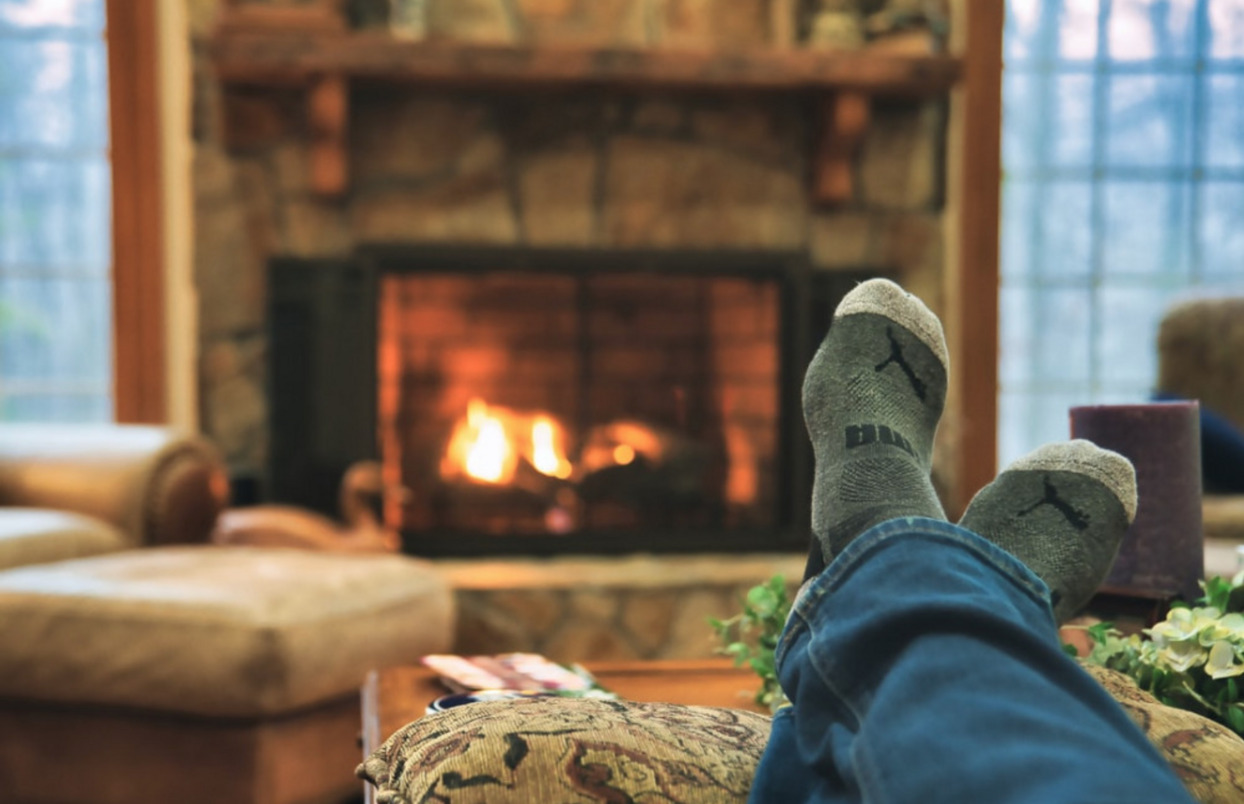
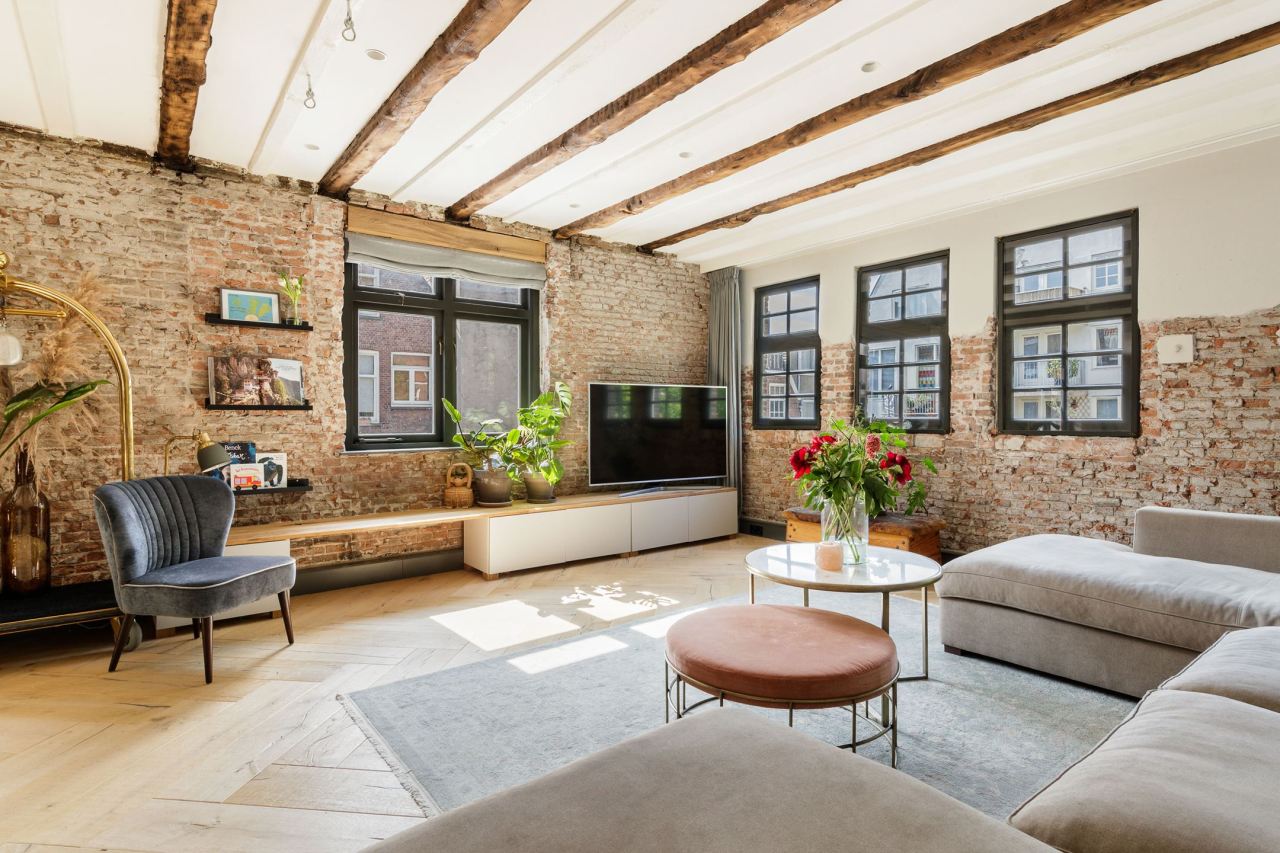
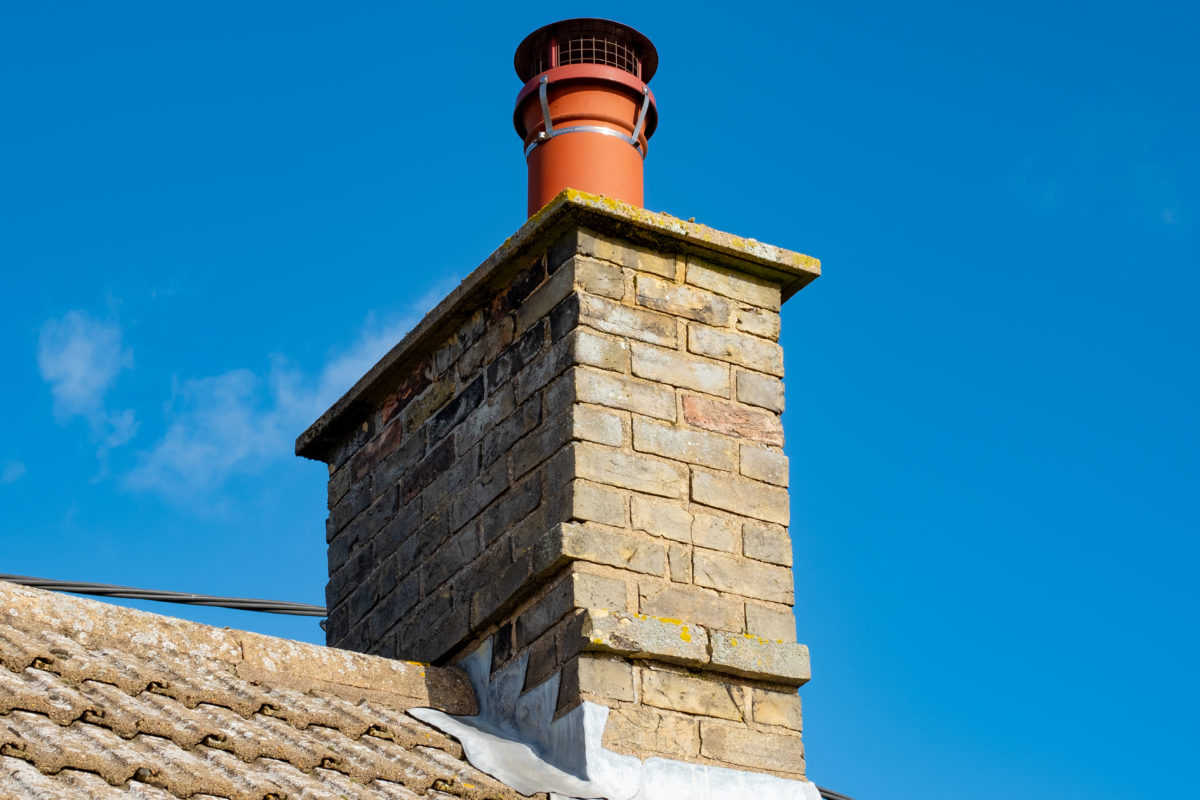
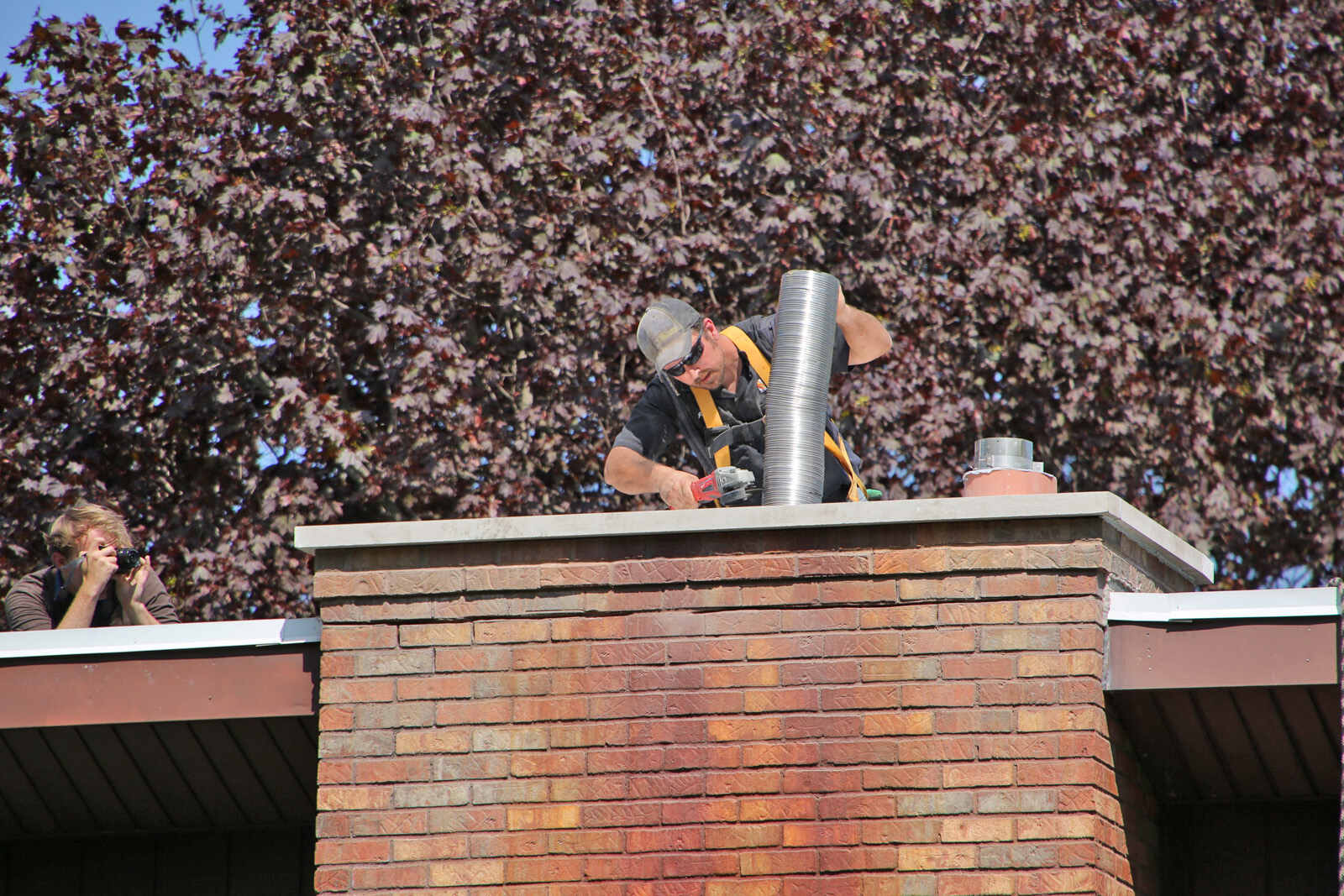
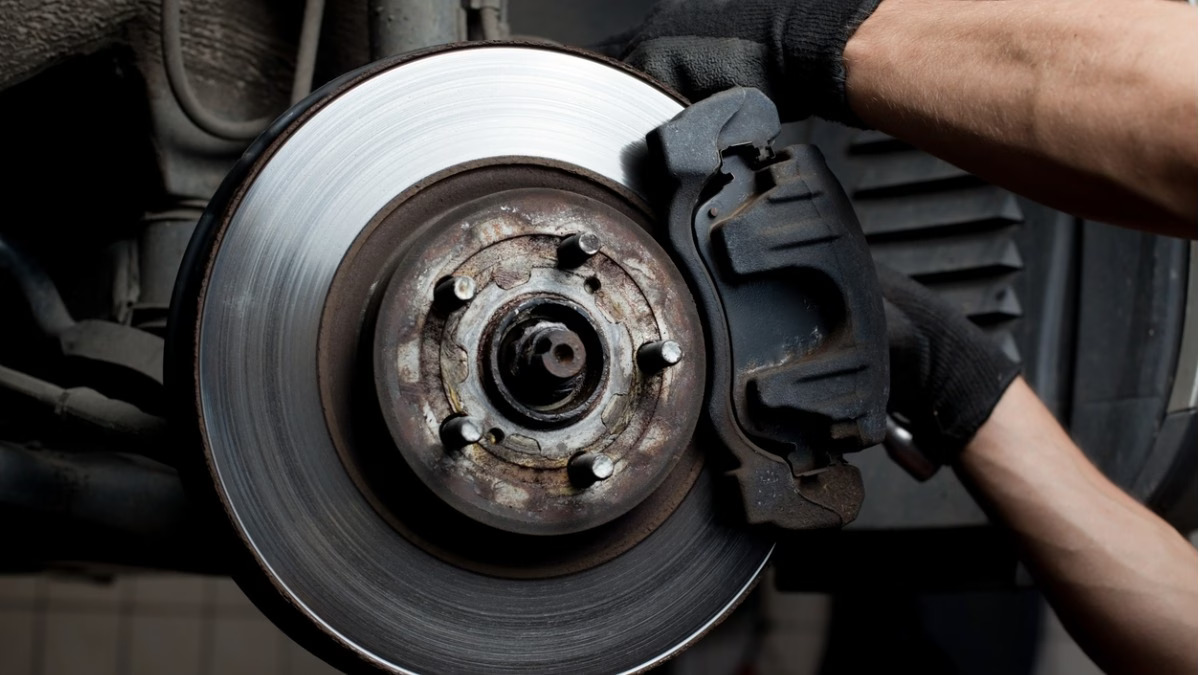

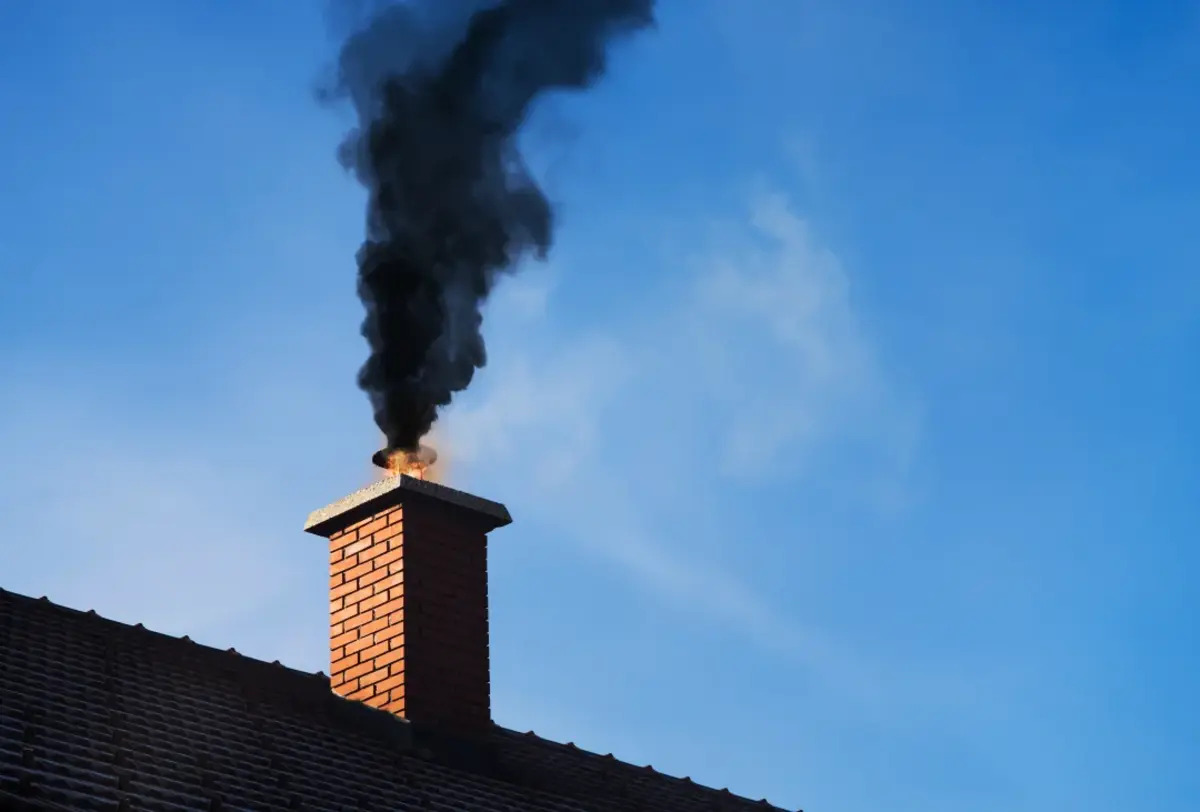
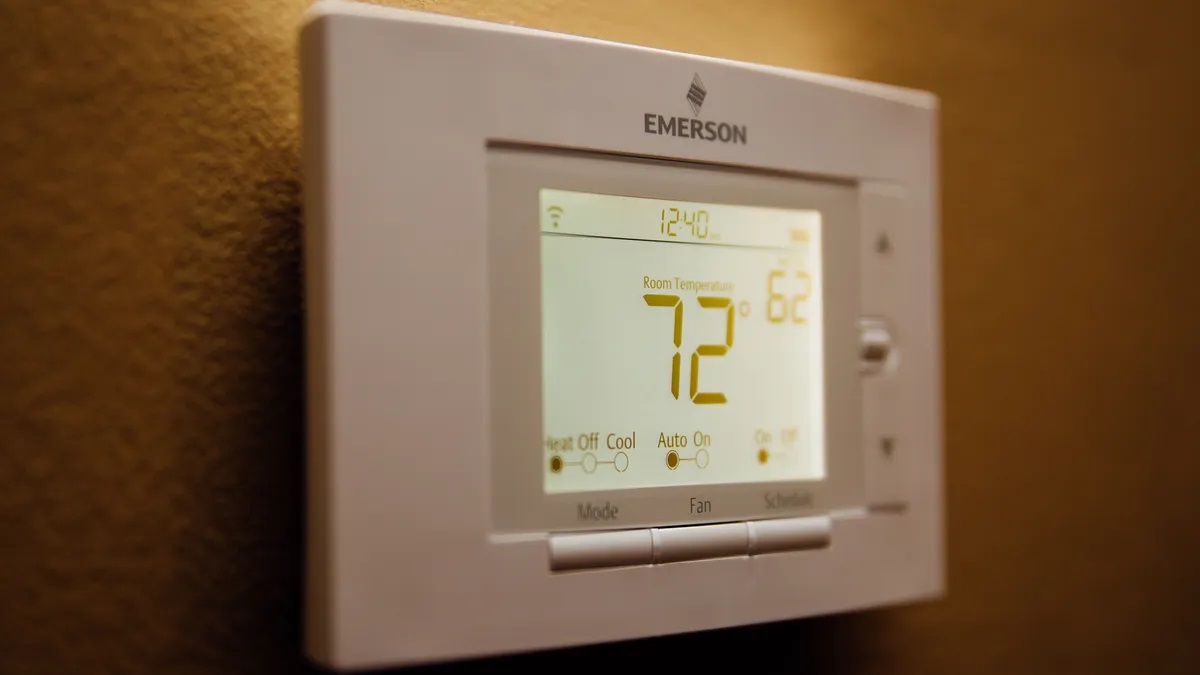
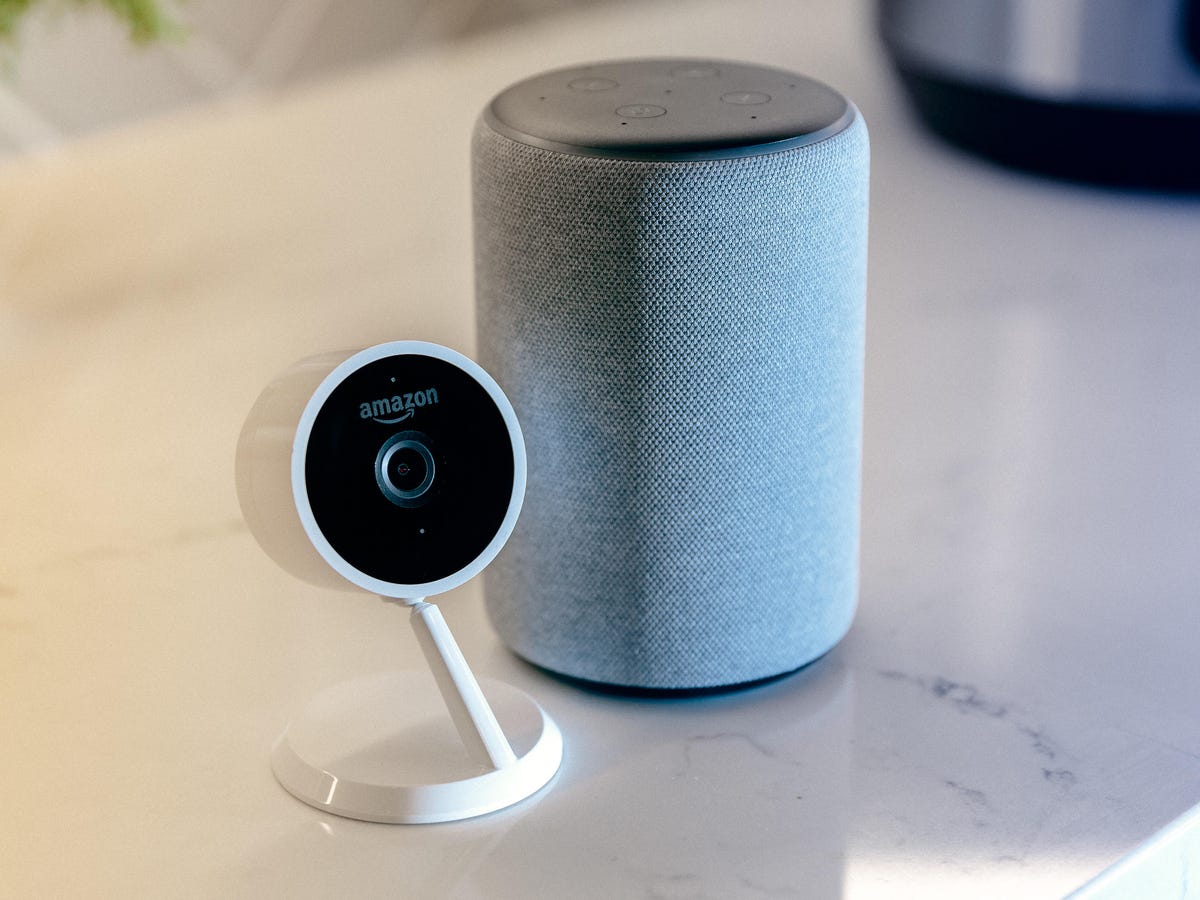
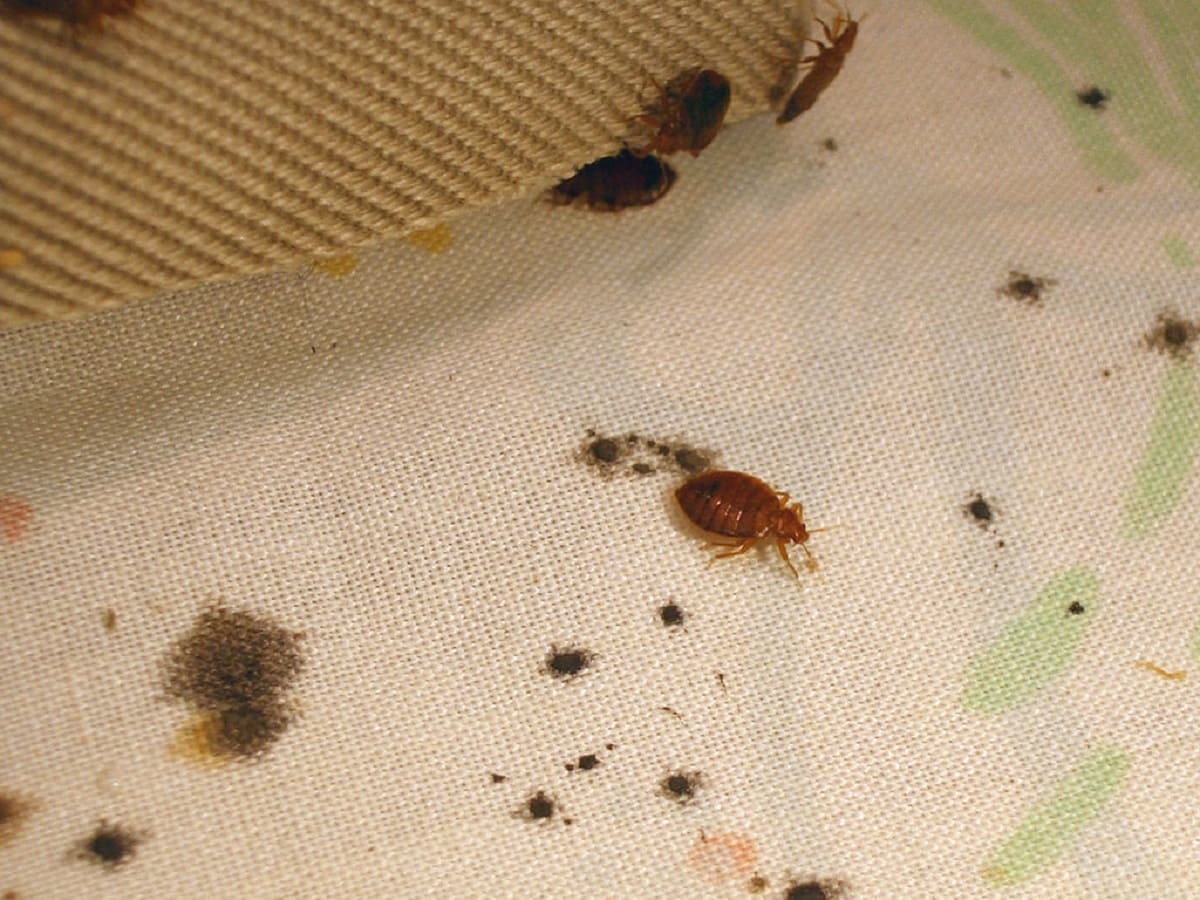
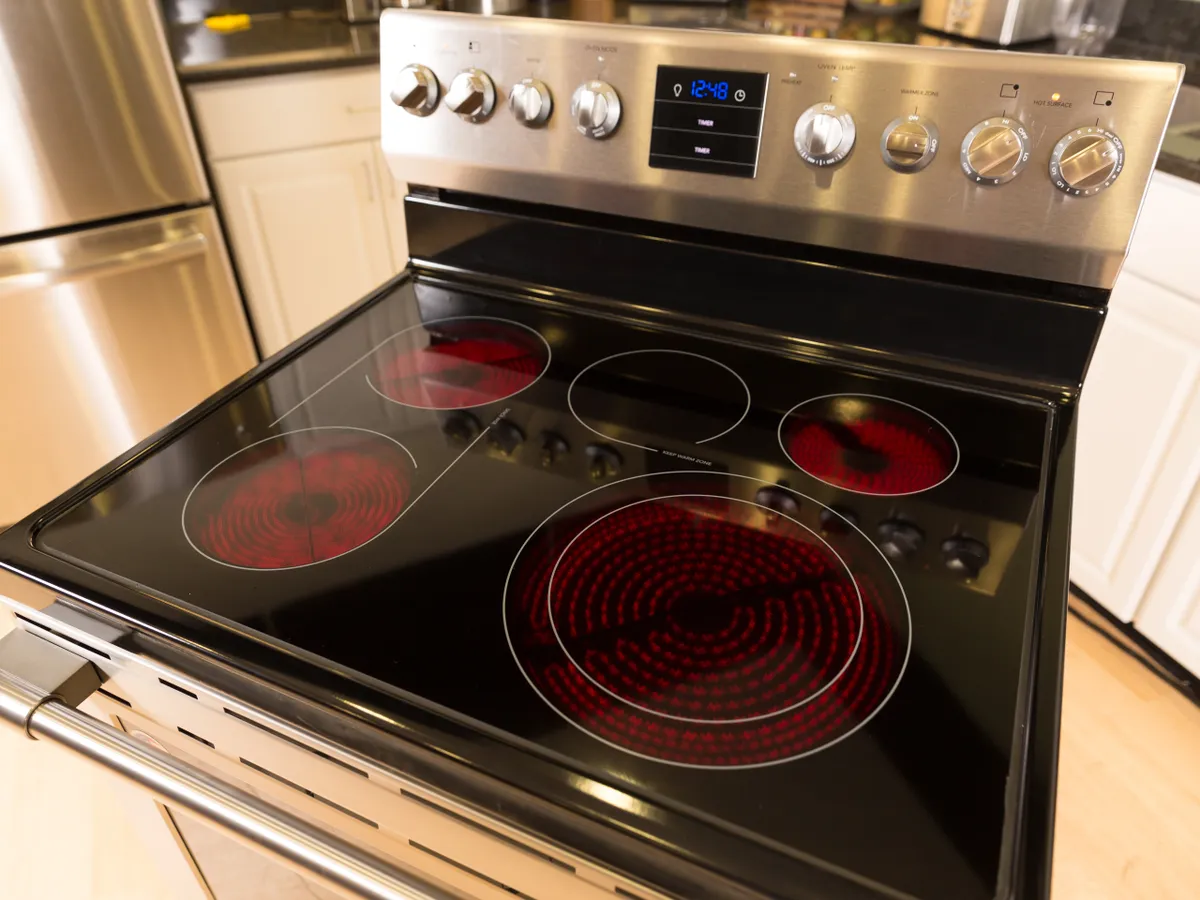
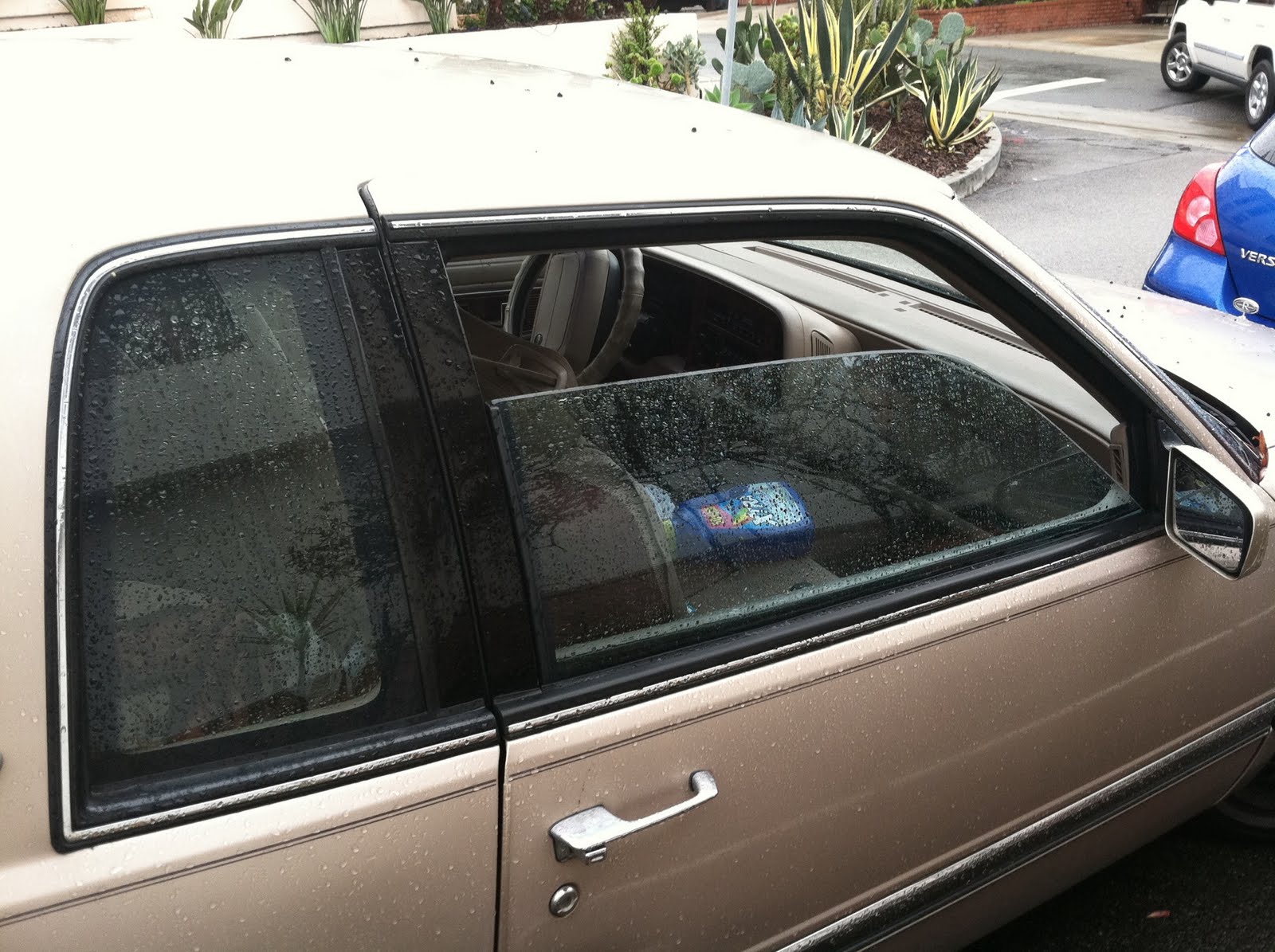

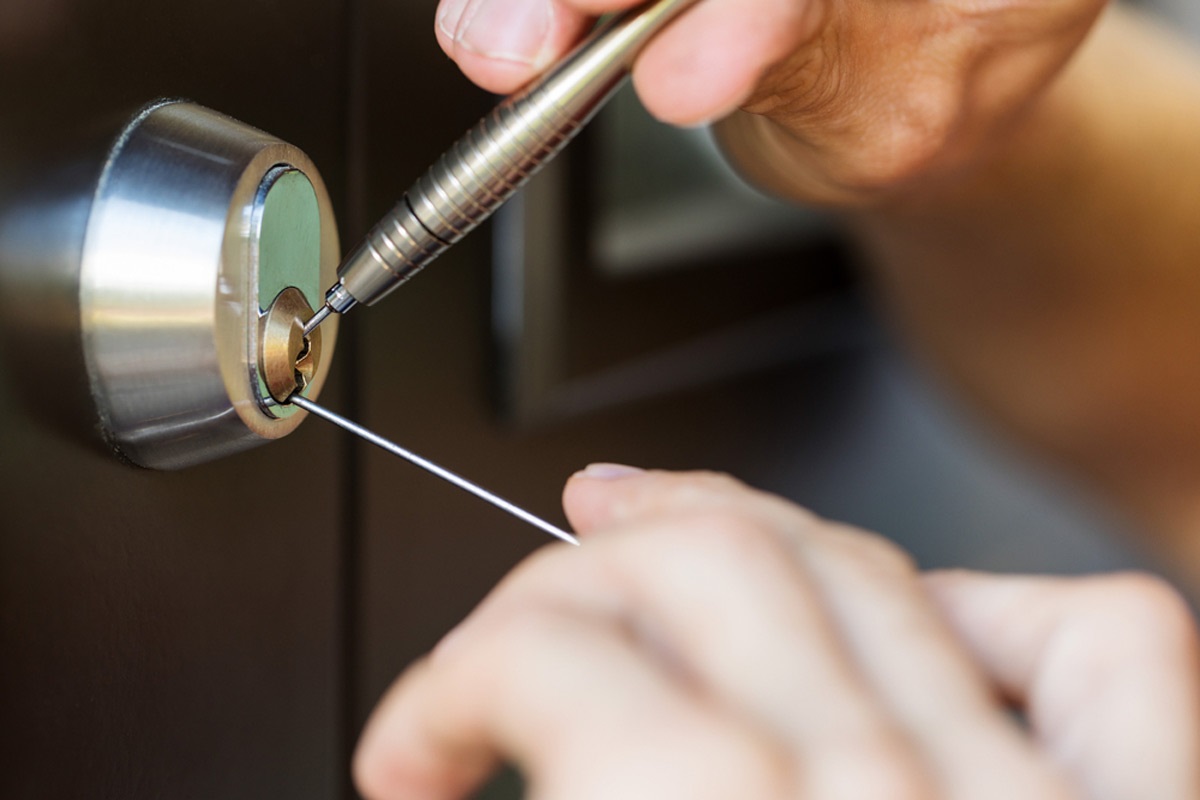

0 thoughts on “How Do You Know If Your Chimney Is Open”